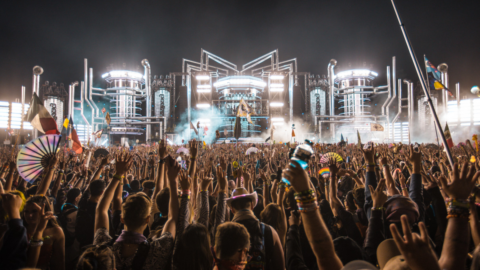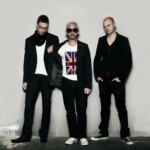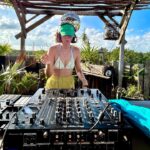The restlessly innovative German guitarist went on to make records including the legendary E2-E4, a foundational source for techno and ambient house
Although it might help, there’s a fair chance you don’t need to be standing behind the counter of a record shop to know what “the album with the chess cover” refers to. Since its release in 1984, Manuel Göttsching’s E2-E4 – iconic chessboard sleeve and all – has been heralded as a Year Zero for electronic minimalism by crate-diggers and newcomers alike. Some have gone further, declaring it the first electronic dance album. In any case, for Göttsching, who died last week aged 70, it was just one of several giant leaps guided by a career-long reverence for the unrepeatable moment.
Born in 1952 in West Berlin, Göttsching spent his youth listening to opera at home and playing in blues bands with friends. It was with one of them, Hartmut Enke, that he later studied improvisation under Swiss avant-garde composer Thomas Kessler. Alongside fellow student Klaus Schulze, the outgoing drummer of Tangerine Dream, they swiftly broke free from the world of blues-rock to form Ash Ra Tempel in 1970. Described by one early critic “as the James Brown band on acid,” their searing freakouts, captured on early 70s albums Ash Ra Tempel and Schwingungen, redrew the map for free-form psychedelia. Albums such as Seven Up – an avant-garde collaboration with countercultural guru Timothy Leary – proved a legitimate alternative to the norm, even for many fans of innovators such as Neu! and Can.
From the first foreboding textures of Amboss, the sprawling opener from the band’s 1971 self-titled debut, Göttsching was a guitarist who seemed to intuitively grasp that spontaneity is often best harnessed within basic parameters. All it took was a cue or two – a couple of chords or some skeletal rhythmic motif – for mind-melting exploration to roam free. Released in 1975, his solo debut, Inventions for Electric Guitar (subtitled Ash Ra Tempel VI following the departure of Enke and Schulze) was a textbook example of his improvisational talent. Inspired by the cyclical electric organ of Terry Riley, its trance-inducing guitar mantras may have been the closest mid-70s rock came to mimicking the advent of digital audio sequencing. If Inventions for Electric Guitar proved anything it was that much like the vast careers of his peers, including Schulze and Neu! co-founder Michael Rother, Göttsching’s output was often most potent when it played with both chance and control.
There were some precious curveballs along the way. His first release as Ashra, 1976’s New Age of Earth, pared back ad-hoc fever in favour of subtly patterned ambience. Göttsching later referred to the record as a “complete composition from the first to the last note”, and it’s a joy to consider the flittering staccato motifs of Sunrain and the careful craft that went into composing them.
In the late 70s, Göttsching drifted from recording to live-score fashion shows for friends. With this move, he flexed his improvisational muscle once more. Conjured one evening in 1981 and released in 1984, E2-E4 drew from his experience of live-scoring and far beyond. Like purled stitches nestling together, its hour-long weave of polyrhythmic arpeggios and soft synth drums was mood music elevated to a pristine otherworld. Cosmic and hypnotic, boldly electronic yet still faintly “rock”, it didn’t just break new ground: it built a new world of sound from the ground up. And yet it could easily have never been. “I didn’t plan on it,” Göttsching later revealed. “I just wanted to play from scratch for the fun of it. It was like the fruit of my extensive practice over the years was dropping right in front of me and it turned out perfectly. I was working on this complex composition and then I created this piece of music just by improvisation in the frame of one hour.”
Much in the same way that Thomas Kessler, Terry Riley and others shaped his own development, Göttsching’s most celebrated work slots into a much bigger lineage of influence and collaboration. Critics were initially indifferent to E2-E4’s deceptively repetitive structure, but famed New York DJ David Mancuso regularly spun the record in its entirety at his legendary Loft parties, and cued a whole world of discovery for Detroit techno trailblazers such as Juan Atkins, Derrick May and Carl Craig in the mid-to-late 80s. Although this transatlantic popularity was long unknown to Göttsching, the consensus seemed clear: By limiting the scope and scale of his music, he foreshadowed the core essence of both techno and ambient house.
Göttsching regularly expressed the view that E2-E4 was inferior to some of his other releases, citing Early Water, a masterfully meditative collaboration with Michael Hoenig, the six-part archival series The Private Tapes, and Friendship, his reunion with Klaus Schulze as Ash Ra Tempel, released in 2000. But E2-E4’s one perfect hour will always be a gateway to the future. “I don’t think any individual can claim to be the inventor, but I surely played my part,” he said in 2008. “Only time can tell what will last.”
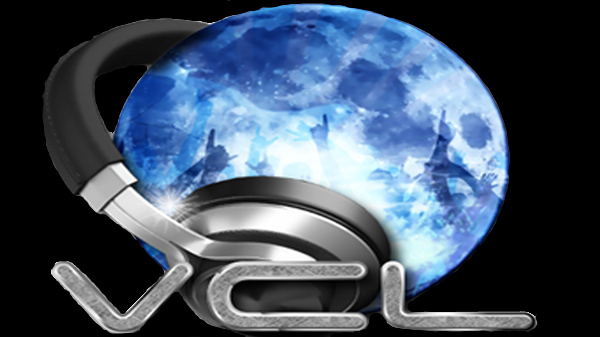
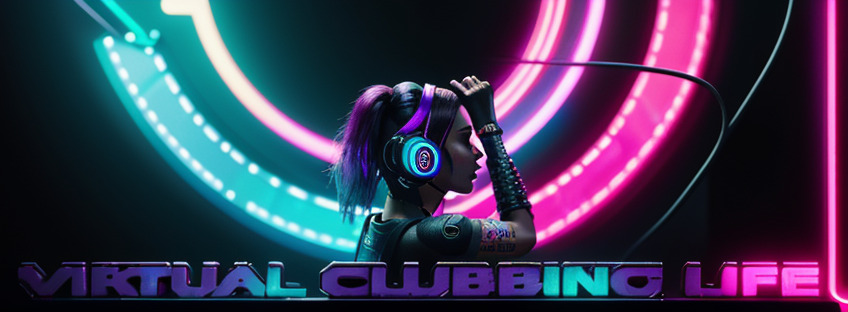

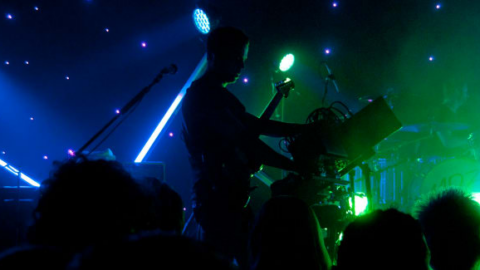
![Get to Know Multifaceted Trance Artist Sequence Six [Artist Spotlight] – EDM Identity Get to Know Multifaceted Trance Artist Sequence Six [Artist Spotlight] – EDM Identity](https://www.virtualclubbinglife.com/wp-content/uploads/2022/12/wp-header-logo-84-480x270.png)
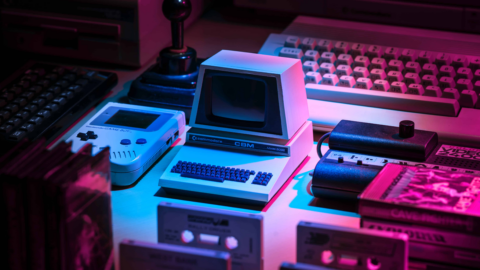
![Aweminus Shows Off Supernatural Sound Design With "Intergalactic" [Premiere] – EDM.com Aweminus Shows Off Supernatural Sound Design With "Intergalactic" [Premiere] – EDM.com](https://www.virtualclubbinglife.com/wp-content/uploads/2022/10/wp-header-logo-36-480x270.png)

![EDM.com Playlist Picks: HALIENE, John Summit, Don Diablo & More [6/3/22] – EDM.com EDM.com Playlist Picks: HALIENE, John Summit, Don Diablo & More [6/3/22] – EDM.com](https://www.virtualclubbinglife.com/wp-content/uploads/2023/01/wp-header-logo-224-480x270.png)
